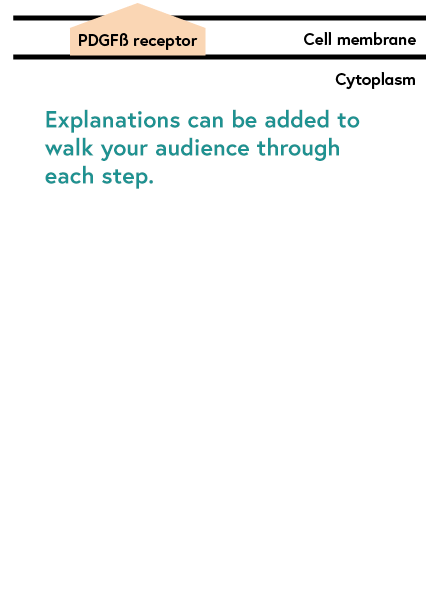5 Animation Tips You Need To Know When Sharing Your Science
Science is complex, but animation can make your science communication easier to understand!
There are probably few who would deny that science is complicated. But that doesn’t mean it has to be impossible to understand. Scientists are busy at work every day trying to answer hard questions about how the world works, why disease happens, and how to improve our lives. It’s a daunting task. Imagine it, a job where you NEVER know the right answer and are constantly searching to find it!
I think this exploration of the unknown is the most exciting part about being a scientist, but I think the most important part about being a scientist is sharing my knowledge with other non-experts, whether that is scientists outside my field or the general public.
Communicating science is difficult. Even many basics can be counterintuitive, but if you can engage others and guide them through the basics, communicating research questions and findings can be an enriching experience.
One method to share science is animation. Today I’d like to share 5 ways that you can use animation to share your science!
[adinserter block=”2″]
1) Slideshow
Can you remember the first time you saw a figure like this?
The first time I saw a slide like this in a presentation, I had no idea where to look! And it often doesn’t help when presenters only spend seconds on a slide like this, perhaps only saying something like “ATM is involved in multiple processes, like cell growth and autophagy”.
If your intent is to walk your audience through a process such as ATM’s role in autophagy (as opposed to just slapping up a confusing graphic that you aren’t spending time on), there are several problems with a slide like this. Many can be solved with some simple edits, for example, removing the unnecessary pathways. But I’d also like you to consider moving through this pathway one thought at a time.
For instance, check out this slide deck of the above pathway. You should strive to limit the text on your slides, it only distracts from the visual. Instead, explain the visual during you talk as opposed to reading an explanation that’s on the screen. However, putting the full explanation into your presentation notes is important when posting your slides online, since the audience won’t have the benefit of your explanation.
[adinserter block=”2″]
2) Simple motion
A series of pictures can really help others to understand a process, but let’s take it one step further. What if you moved things around. This sense of motion that improve comprehension and engagement.
You can animate easily in Powerpoint using the Animations Tab. There are a lot of options, including fade ins and fade outs. I suggest scrolling down to the motion path animations. These are really cool because they allow actual and controlled movement.
Use these animations to show movements and to add interest, but don’t overuse them. Too much motion can actually detract from your message.
Here’s a gif showing the same pathway again but with animations.
[adinserter block=”2″]
3) GIFs for Social Media
Speaking of GIFs…..
If you really want to share your science with the world, you don’t want to limit your message to in-person presentations, right? Social media is an amazing resource to meet fellow science enthusiasts (not to mention all the cool scientists already there).
If you have already made several still images (hint: you can take screencaps of the animation steps of your powerpoint), there are several software options to make an animated GIF. For the best results, try to limit the color palette and make the images suitable for the web.
You’ll need to think about how many frames (or still pictures) you have because the more frames, the larger the file. The larger the file, the longer it will take to load. Many people won’t wait more than a few seconds to wait for an image.
4) Animated Abstracts
Do you just want to get across the research question and findings from your latest paper? Why not create a short (1-3 minute) video of just this?
The easiest way to do this would be to record yourself going through your slideshow. You can use a screen recorder like OBS to record the presentation, and then all you need is a microphone to do the rest of the job.
You can share those videos on social media channels and upload them to video sharing sites like YouTube.
[adinserter block=”2″]
5) Full Animations of your Science
Let’s face it, I have fancy taste. I like to tell stories, and my mode of science communication is no different. So when I think of animation, I think of videos that explain topics in an engaging, beautiful, and personal way.
An easy way to get started doing animated videos is to create time-lapse drawings. Just place a camera above some paper, hit record, and draw away. Afterward, you can speed up the video if you need to and record a voiceover. There are lots of great free editing software programs out there. I’ve used Lightworks, Windows Live, and iMovie, which are all a great start.
Did this spark some ideas? If you create something, feel free to share it with me! And if all of this seems overwhelming, let’s work together to create something you can be proud to show off.








